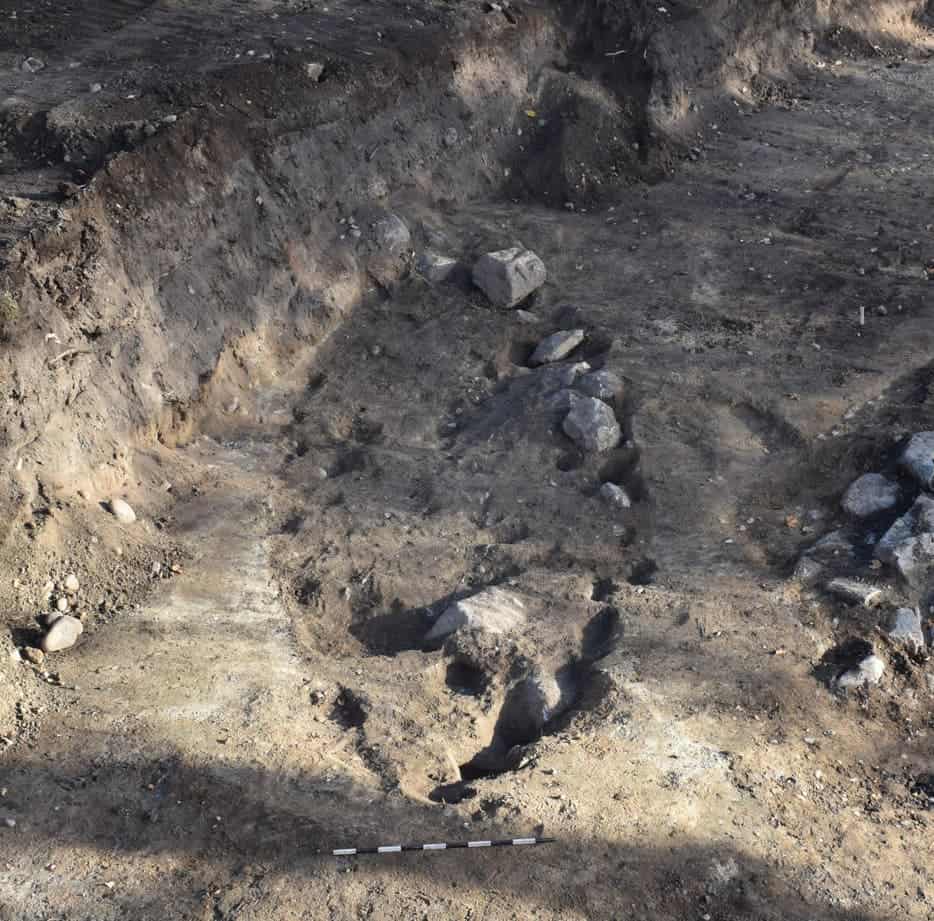Not one, but two impressive boat burial sites were unearthed in Sweden.
Vikings took their burials seriously. While for most people a funeral pyre was the most common option, leaders enjoyed lavish burials — most commonly, boat burials. The Viking body would be gathered, along with his (or her) most prized possessions, offerings, as well as animal (and even human) sacrifices.
While boat burials have been found in several areas of Europe (and especially in Scandinavia), they were by no means common. This type of burial was reserved for important Vikings — such as the two people archaeologists recently discovered.
The two boat burials were found during an excavation around Old Uppsala — a former Viking settlement in today’s Uppsala, located close to Sweden’s capital, Stockholm. A cellar and a well dating from the Middle Ages were excavated and archaeologists uncovered one of the boats, finding the second one quickly after that.
While one of the boats wasn’t in particularly good condition, the other one was essentially intact. Archaeologists discovered the remains of not only a human but also a dog and a horse, all in good condition.
“This is a unique excavation,” said archaeologist Anton Seiler of Swedish archaeology firm The Archaeologists, who worked on the excavation. “The last excavation of this grave type in Old Uppsala was almost 50 years ago.”
But what makes it really special is that the people in these burials were not cremated — which is very rare for boat burials. In Sweden, only around a dozen or so sites are known.
”It is a small group of people who were buried in this way. You can suspect that they were distinguished people in the society of the time since burial ships in general are very rare,” says Anton Seiler, who works at The Archaeologists, part of the National Historical Museums in Sweden.
To make things even better, a discovery like this hasn’t been made in many years, which means that researchers will get to use novel exploration methods on it. The fact that it’s an intact grave undisturbed by plundering makes it even more intriguing.
“It is extremely exciting for us since boat burials are so rarely excavated,” Seiler said. “We can now use modern science and methods that will generate new results, hypotheses and answers. We will also put the boat burials in relation to the very special area that is Old Uppsala and the excavations done here before.”
Ship or boat burials were used among several Germanic peoples but were most popular among Viking Age Norsemen. The largest Viking ship used for this purpose was discovered in Norway in 2018. It measures 65 foot long (20 meters) and it is dated to over 1000 years ago when it was probably used as a grave for an imminent Viking king or queen.











